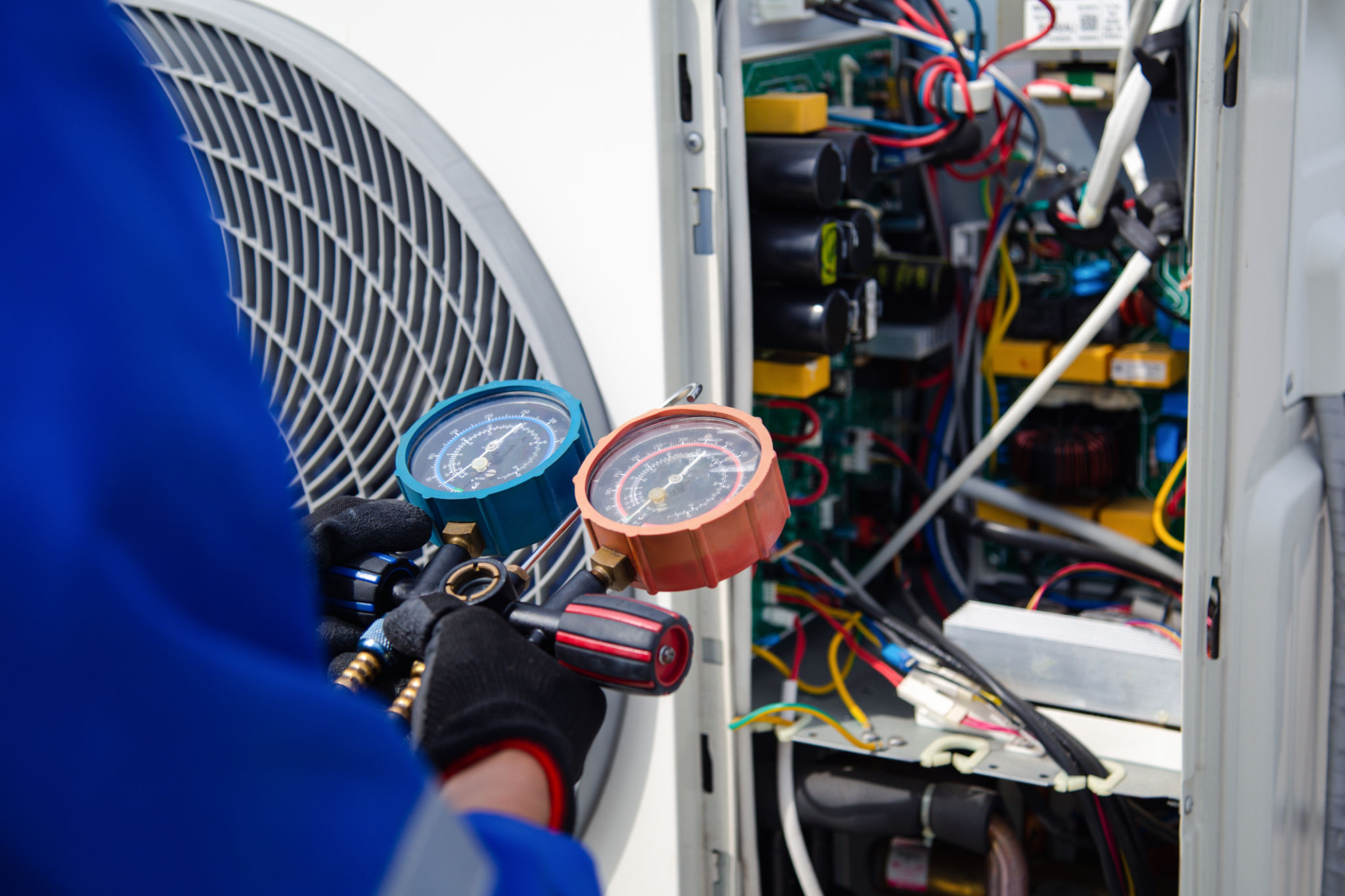Spring Cleaning Your HVAC: A Step-by-Step Guide
Why Spring Cleaning Your HVAC Is Important
Spring cleaning isn't just about tidying up your home; it's also the perfect time to ensure that your HVAC system is in top shape. A well-maintained HVAC system can improve air quality, increase energy efficiency, and extend the lifespan of your equipment. As the weather warms up, taking care of your HVAC system can make a significant difference in your home’s comfort and energy bills.
During the winter months, your HVAC system works hard to keep your home warm. This constant use can lead to a buildup of dust and debris, which can impede performance. By performing a thorough spring cleaning, you help ensure that your system runs smoothly and efficiently as temperatures rise.

Start with a Basic Inspection
The first step in spring cleaning your HVAC system is a basic inspection. Begin by turning off the power to your system to ensure safety. Check for any obvious signs of wear or damage, such as frayed wires or rusted components. If you notice any severe issues, it may be time to call a professional.
Next, inspect the area around your HVAC unit. Ensure there are no obstructions like leaves or debris that could affect airflow. A clear area around the unit is crucial for optimal performance.

Replace or Clean Air Filters
One of the simplest yet most effective tasks in maintaining your HVAC system is replacing or cleaning the air filters. Over time, filters become clogged with dust and allergens, reducing airflow and efficiency. Ideally, air filters should be replaced or cleaned every 1-3 months.
If you have reusable filters, gently wash them with mild soap and water, then let them dry completely before reinserting. For disposable filters, ensure you have the correct size for your system and replace them regularly for best results.
Clean the Ductwork
Ductwork plays a critical role in distributing air throughout your home. Over time, dust and debris can accumulate inside the ducts, affecting air quality and efficiency. Use a vacuum with a hose attachment to clean accessible areas of your ductwork. If you notice significant buildup, it may be worthwhile to hire a professional duct cleaning service.

Inspect Thermostat and Settings
Take a moment to inspect your thermostat and its settings. If you haven’t already, consider upgrading to a programmable or smart thermostat. These devices can optimize your heating and cooling schedules, leading to energy savings over time.
Ensure that the thermostat is set to an appropriate temperature for the season and that it accurately reflects the current room temperature. If it seems inaccurate, recalibrating or replacing the thermostat may be necessary.
Check the Outdoor Unit
Your HVAC's outdoor unit is exposed to the elements and can collect dirt and debris. Begin by clearing any leaves or grass clippings from around the unit. Use a hose to gently wash away dirt from the exterior but avoid using high-pressure settings that might damage components.
Inspect the fins on the unit for any bending or damage. Gently straighten bent fins with a fin comb to improve airflow and efficiency.

Schedule a Professional Maintenance Check
While regular DIY maintenance is beneficial, scheduling a professional maintenance check at least once a year is essential. An HVAC technician can perform a thorough inspection and tune-up, addressing any issues you might have missed.
This professional check-up ensures that your system runs efficiently and can help prevent costly repairs down the line.
Final Thoughts
Spring cleaning your HVAC system is an integral part of maintaining a comfortable and efficient home environment. By following these steps, you’ll not only enhance your system’s performance but also potentially save on energy costs.
Remember, consistent maintenance leads to longevity and reliability, ensuring that when summer heat arrives, you’ll enjoy cool comfort without interruption.